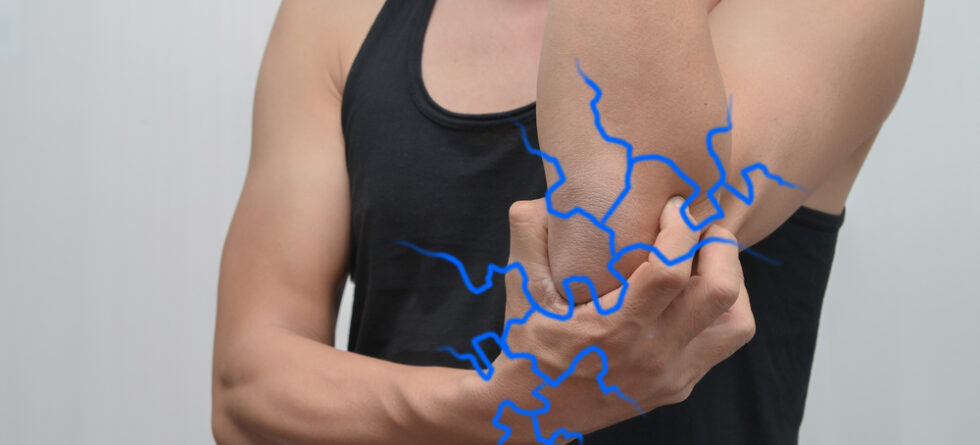Tennis elbow, also known as lateral epicondylitis, is a condition characterized by pain and inflammation on the outside (lateral side) of the elbow. Despite its name, tennis elbow is not limited to tennis players and can affect anyone who performs repetitive gripping or wrist extension activities. The primary cause of tennis elbow is overuse and strain on the tendons that attach to the lateral epicondyle of the humerus (upper arm bone).
Some common causes and risk factors for tennis elbow include…
- Repetitive Movements – Engaging in repetitive movements of the wrist and forearm, such as those performed in tennis, racquetball, or other racquet sports, can strain the tendons around the elbow.
- Gripping Activities – Repetitive gripping activities, such as using a screwdriver, hammer, or wrench, can put stress on the forearm muscles and tendons.
- Poor Technique – Using incorrect or poor technique during sports or activities can increase the risk of developing a tennis elbow.
- Forceful Activities – Forceful and sudden movements of the wrist or forearm, such as hitting a backhand shot in tennis or lifting heavy objects, can strain the tendons.
- Lack of Rest and Recovery – Not allowing enough time for the muscles and tendons to rest and recover between activities can contribute to overuse injuries like tennis elbow.
- Age and Gender – Tennis elbow is more common in individuals between the ages of 30 and 50. It affects both men and women, but men may be at slightly higher risk.
- Occupation – Certain occupations that involve repetitive wrist movements or gripping, such as painters, carpenters, and plumbers, have an increased risk of developing tennis elbow.
- Muscle Imbalances – Weakness or imbalances in the muscles of the forearm and wrist can place greater strain on the tendons.
- Previous Injuries – A history of previous elbow injuries or conditions can increase the risk of developing tennis elbow.
The pain and discomfort in tennis elbow result from micro-tears or inflammation in the tendons that connect the forearm muscles to the lateral epicondyle. The condition can range from mild to severe and may lead to difficulty in gripping, lifting, or performing everyday activities.
Treatment for tennis elbow typically involves rest, ice or heat therapy, pain medication, physical therapy, and modifying activities to avoid further strain on the affected tendons. In some cases, a brace or splint may be recommended to provide support and relieve pressure on the tendons. If conservative treatments do not provide relief, more advanced treatments, such as corticosteroid injections or, rarely, surgery, may be considered.




